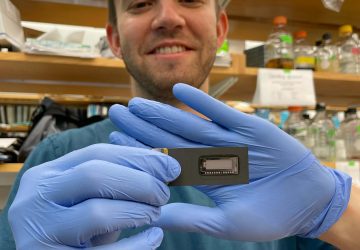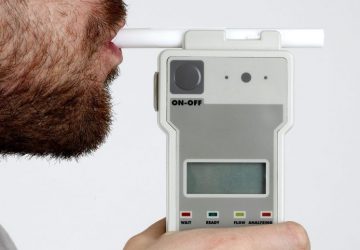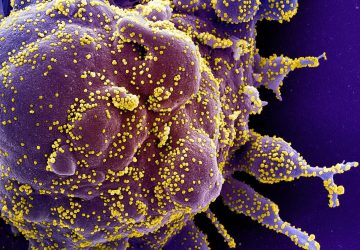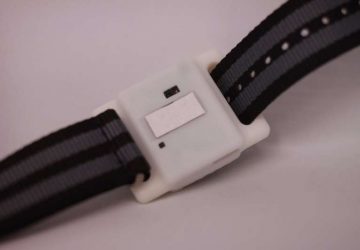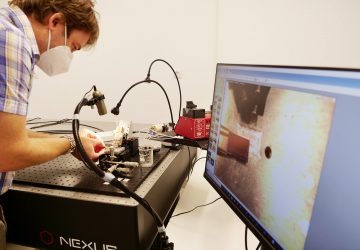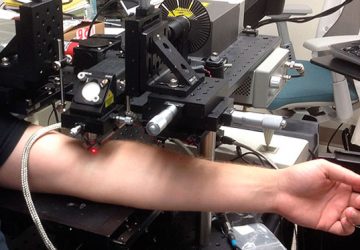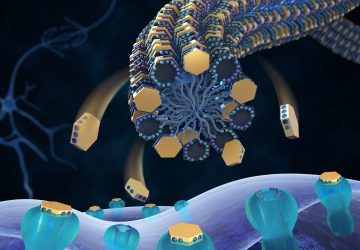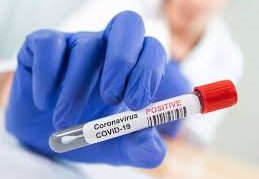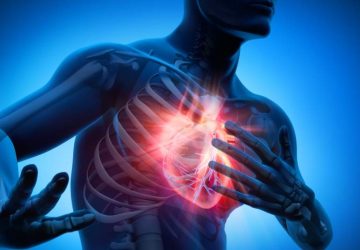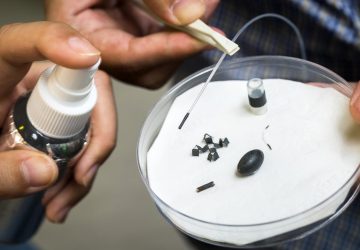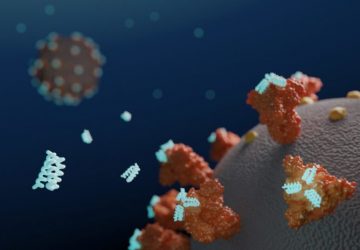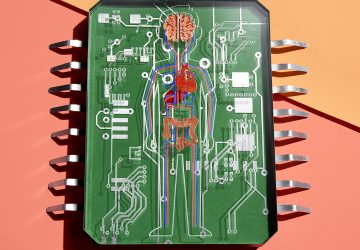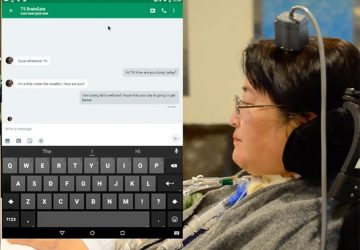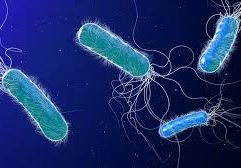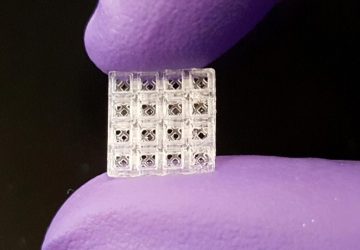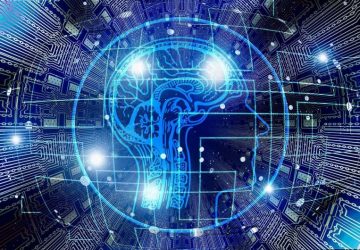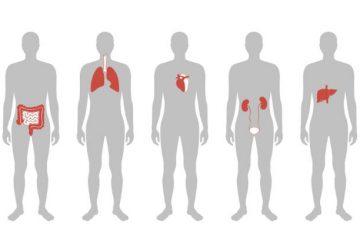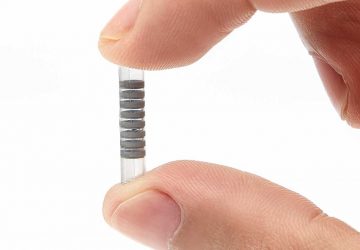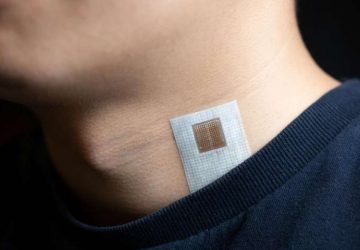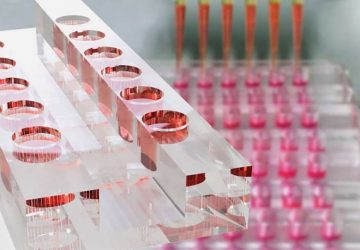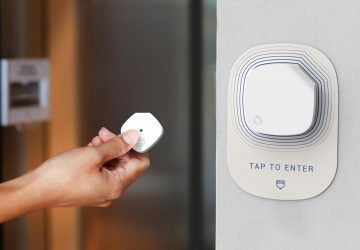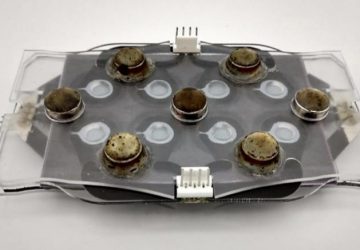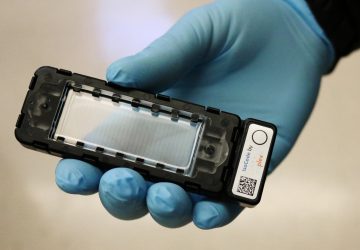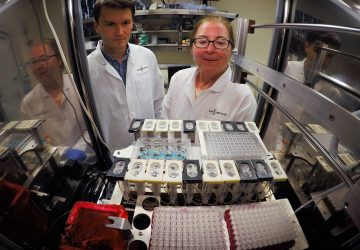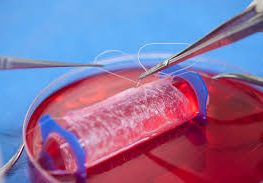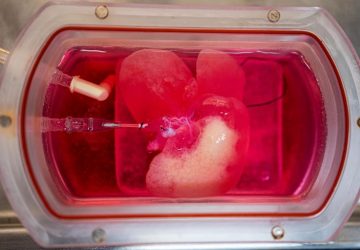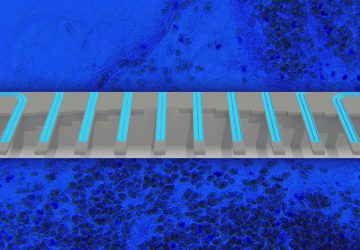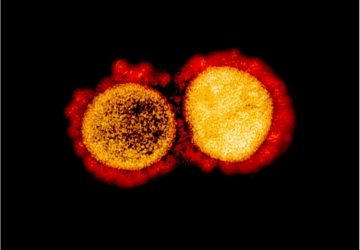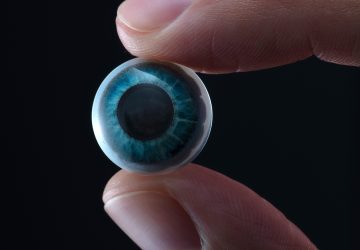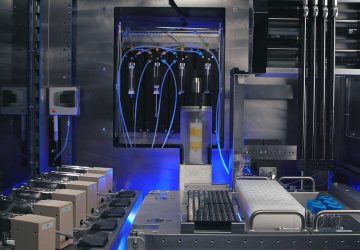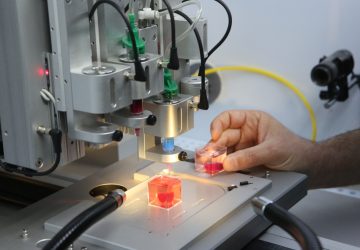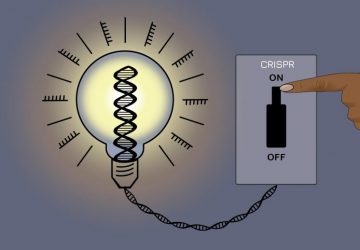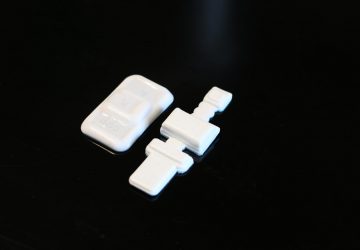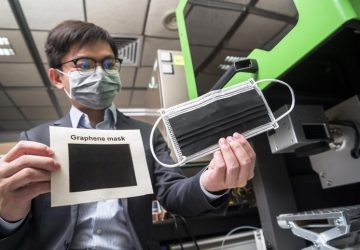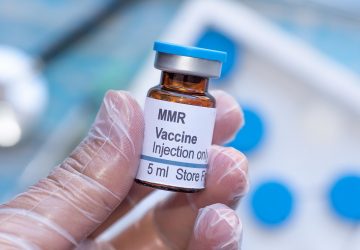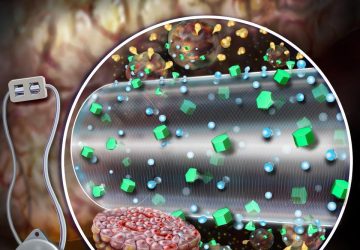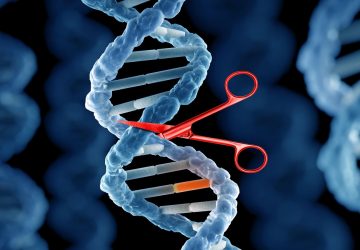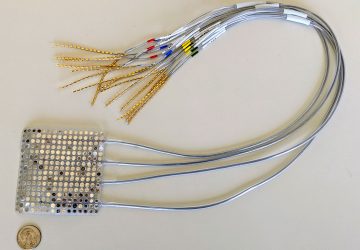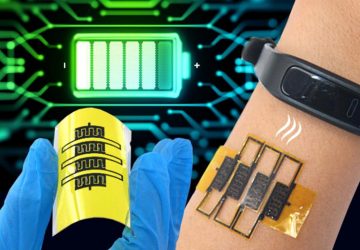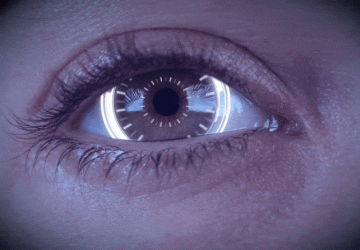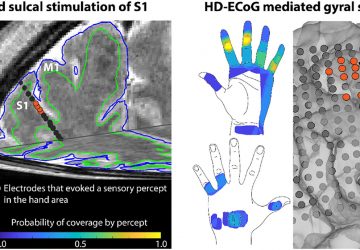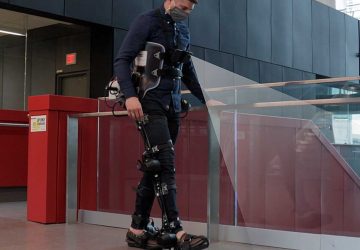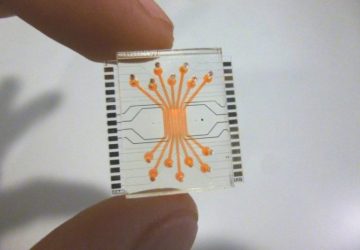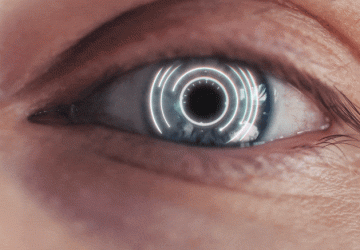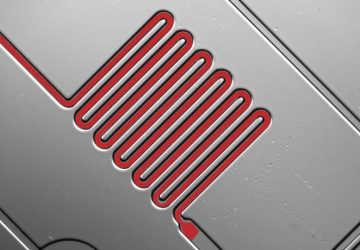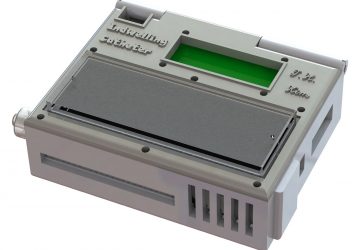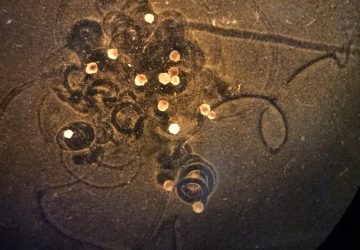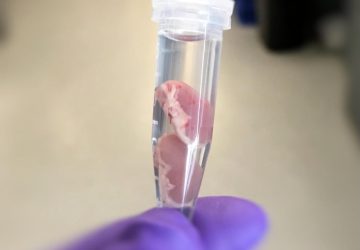Although true “cyborgs” — part human, part robotic beings — are science fiction, researchers are taking steps toward integrating electronics with the body. Such devices could monitor for tumor development or stand in for damaged tissues. But connecting electronics directly to human tissues in the body is a huge challenge. Now, a team is reporting new coatings for components that could help them more easily fit into this environment. The…
Read MoreCOVID-19 Coronavirus Breathalyzer Test Developed
Few people who have undergone nasopharyngeal swabs for coronavirus testing would describe it as a pleasant experience. The procedure involves sticking a long swab up the nose to collect a sample from the back of the nose and throat, which is then analyzed for SARS-CoV-2 RNA by the reverse-transcription polymerase chain reaction (RT-PCR). Now, researchers reporting in ACS Nano have developed a prototype device that non-invasively detected COVID-19 in the…
Read MoreLEGO-Inspired 3D-Printed Bricks Help Broken Bones Heal Faster
Hollow, flea-sized blocks can be filled with materials that improve healing. Tiny, 3D-printed bricks have been designed to heal broken bones — and could one day lead to lab-made organs for human transplant. Inspired by Lego blocks, the small, hollow bricks serve as scaffolding onto which both hard and soft tissue can regrow better than today’s standard regeneration methods, according to new research published in Advanced Materials on July 23,…
Read MoreMembrane nanoparticles acts as a bait to trap SARS-CoV-2
In an exciting new bioRxiv* preprint research paper, Chinese researchers describe the development of membrane nanoparticles from ACE2-rich cells with a potent capacity to block the adherence of severe acute respiratory syndrome coronavirus 2 (SARS-CoV-2). The relentless coronavirus disease (COVID-19) pandemic quickly prompted the pursuit of novel effective therapeutic agents against the highly virulent SARS-CoV-2 virus. One of the prime targets for researchers is the angiotensin-converting enzyme 2 (ACE2), the…
Read MoreBio-Ink for 3-D Printing Inside the Body
Bioprinting could happen via minimally invasive surgery Right now, almost 70,000 people in the United States alone are on active waiting lists for organ donations. The dream of bio-printing is that one day, instead of waiting for a donor, a patient could receive, say, a kidney assembled on demand from living cells using 3-D printing techniques. But one problem with this dream is that bio-printing an organ outside the body necessarily…
Read MoreSticker-Like Medical Device Offers Continuous Monitoring for COVID-19
Clinical-grade wearable streams symptom data to physicians. Stamp-sized device comprises a suite of clinical-grade sensors, including temperature and pulse oximetry Device sits at the base of the throat to pick up vibratory signatures of breathing, coughing, swallowing Since developing the device, researchers have tested it on more than 50 physicians, rehabilitation specialists and patients at Shirley Ryan AbilityLab and Northwestern Memorial Hospital Researcher: ‘We are already seeing clear vital sign…
Read MoreLive attenuated vaccines may prevent lung inflammation and sepsis associated with COVID-19
A paper published by Paul Fidel, Jr., PhD, Professor and Director of the Center of Excellence in Oral and Craniofacial Biology and Associate Dean for Research at LSU Health New Orleans School of Dentistry, and Mairi Noverr, PhD, Professor of Microbiology & Immunology at Tulane University School of Medicine in New Orleans, suggests that live attenuated vaccines such as MMR (measles, mumps and rubella) may prevent the severe lung inflammation…
Read MoreMIT Researchers Design Experimental Peptide That Targets and Destroys COVID-19
Computational modeling yields a protein fragment that could bind to coronavirus spike proteins and destroy them. The research described in this article has been published on a preprint server but has not yet been peer-reviewed by scientific or medical experts. Using computational models of protein interactions, researchers at the MIT Media Lab and Center for Bits and Atoms have designed a peptide that can bind to coronavirus proteins and shuttle…
Read MoreCan Sensors That Detect Coronavirus in the Air Help Economies Reopen Safely?
Several companies are selling devices that detect the novel coronavirus, but none give instant readings As businesses scramble to find ways to make workers and customers feel safe about entering enclosed spaces during a pandemic, several companies have proposed a solution: COVID-19 air monitoring devices. These devices suck in large quantities of air and trap aerosolized virus particles and anything else that’s present. The contents are then tested for the presence of the novel…
Read MoreMini Human Livers Grown in Lab Successfully Transplanted Into Rats
Using skin cells from human volunteers, researchers at the University of Pittsburgh School of Medicine have created fully functional mini livers, which they then transplanted into rats. In this proof-of-concept experiment, the lab-made organs survived for four days inside their animal hosts. These results were published today (June 2, 2020) in Cell Reports. “Seeing that little human organ there inside the animal – brown, looking like a liver – that…
Read More
